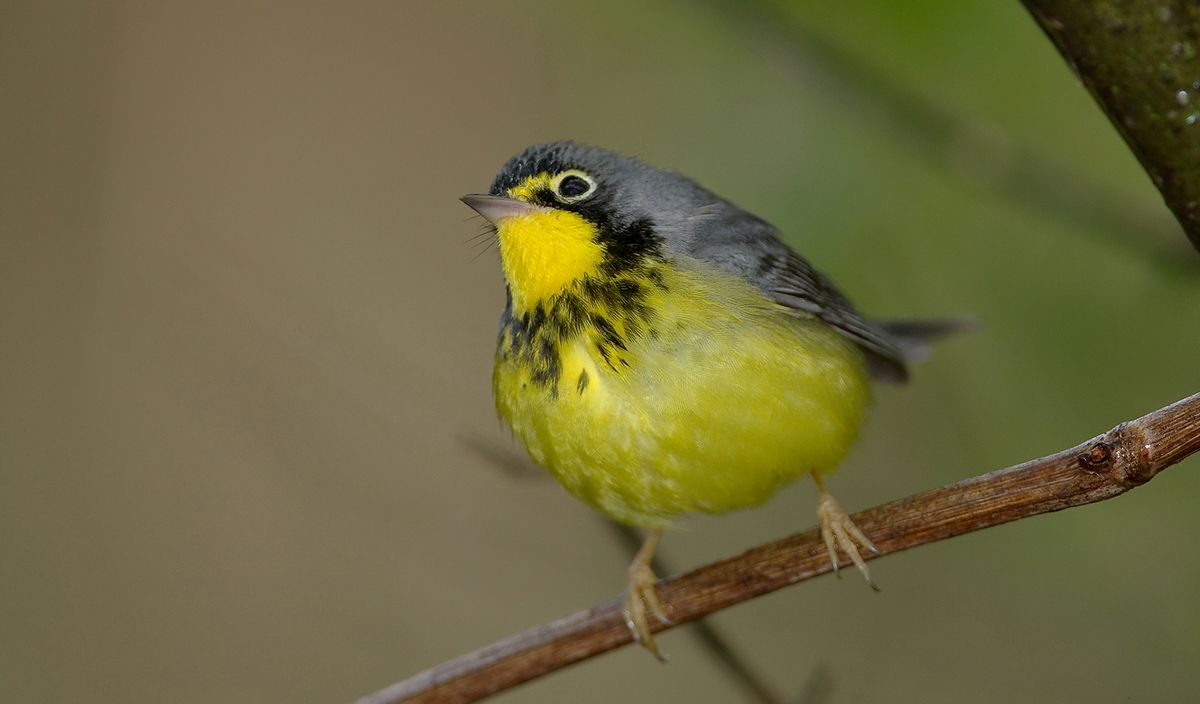Offer
Provide additional details about the offer you're running.
Provide additional details about the offer you're running.
Provide additional details about the offer you're running.

By William H. Majoros, via Wikimedia Commons
With the 2017 spring season officially underway, we figured it to be best to feature one of our favourite spring birds. While we certainly have an affinity for all warbler species, the Canada Warbler proudly carries the title of our beloved country, despite the little time these birds spend on their breeding range.
As one of the latest spring arrivals and one of the earliest departures each fall, the Canada warbler spends most its time in the warmth of South America where it makes its winter home. This wonderfully energetic bird was also once referred to as the Canadian Flycatcher and/or Canadian Flycatching Warbler for their ability to catch insects on the wing more than most warblers.
Perhaps what is most intriguing about these active birds is the lack of data and information ornithologists and biologists have about these birds. Without extensive study, much of this bird’s biology remains a mystery.
As we stated above, these birds spend very little time in their breeding grounds which make up a good portion of eastern Canada including Ontario, Quebec and the Canadian Maritime Provinces. This bird is also noted to spend time scattered through central Manitoba, Saskatchewan, and Manitoba along with some portions of the Northern United States during the summer months.

Image: By Emmett Hume via Wikimedia Commons
During migration, these birds pass through much of middle America and the eastern Seaboard and Central America before settling in the jungles of South America.
Often referred to as the necklaced warbler, this beautifully coloured bird is a true joy to observe. Sporting a bright yellow belly, marked with black spotted “necklace” around its neck, it is tough to miss. The back of this small songbird is a dark gray colour, with a white eye-ring and under tail feathers and features no wing bars or tail spots.
The song of the Canada Warbler is much like the personality of this bird; high paced. The song starts out with a chip that is followed by several rapidly-released warbling notes.
High Quality Blend